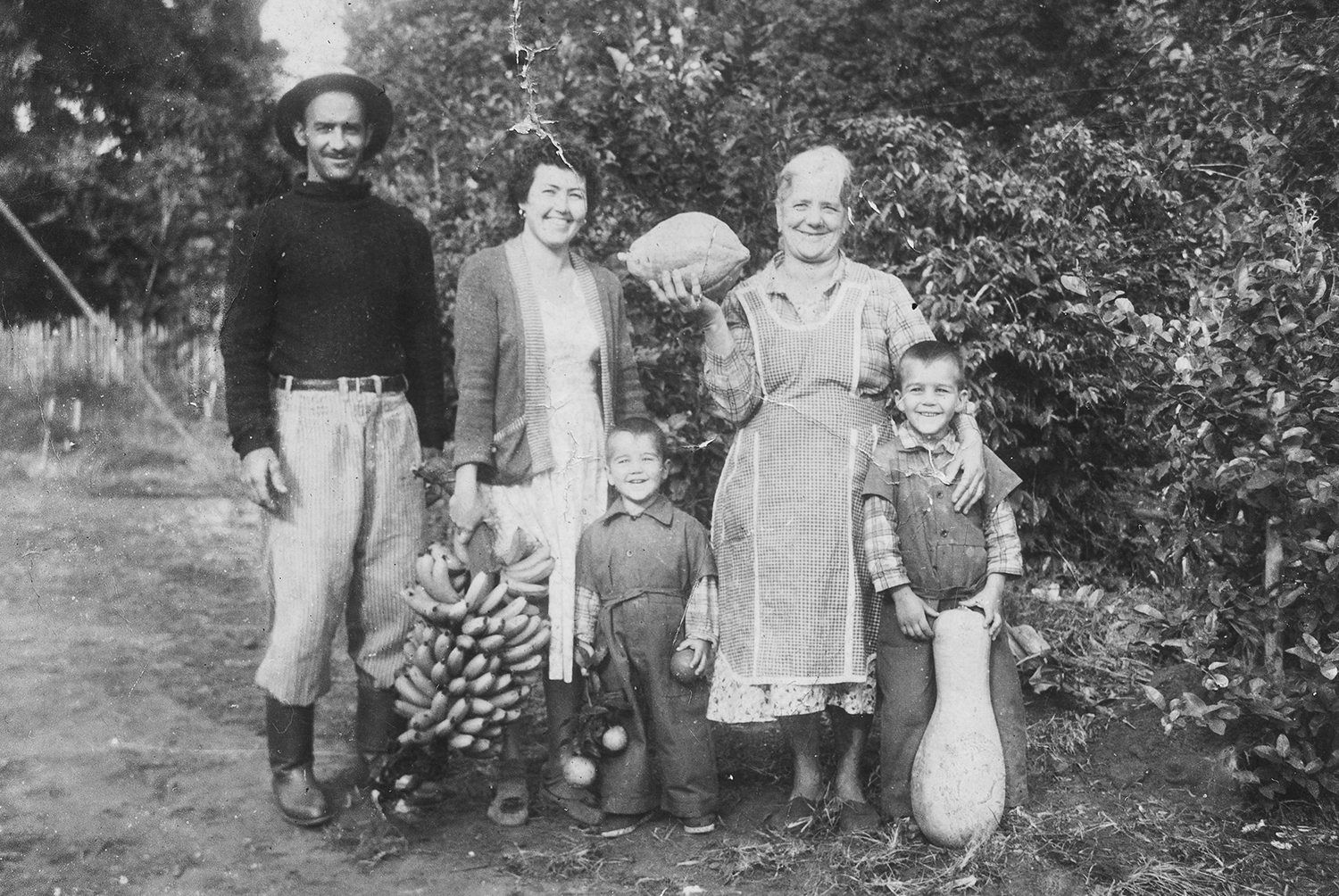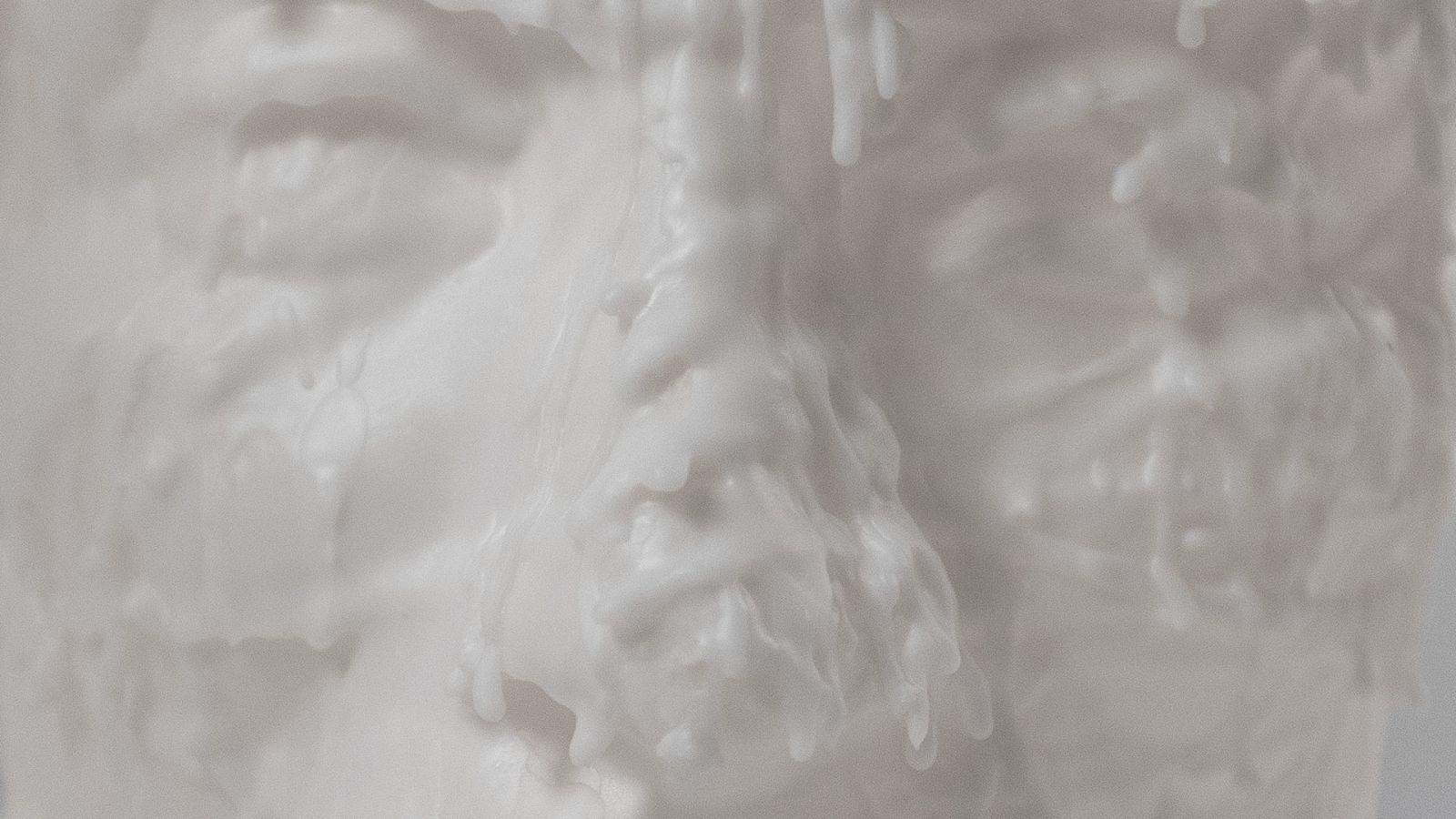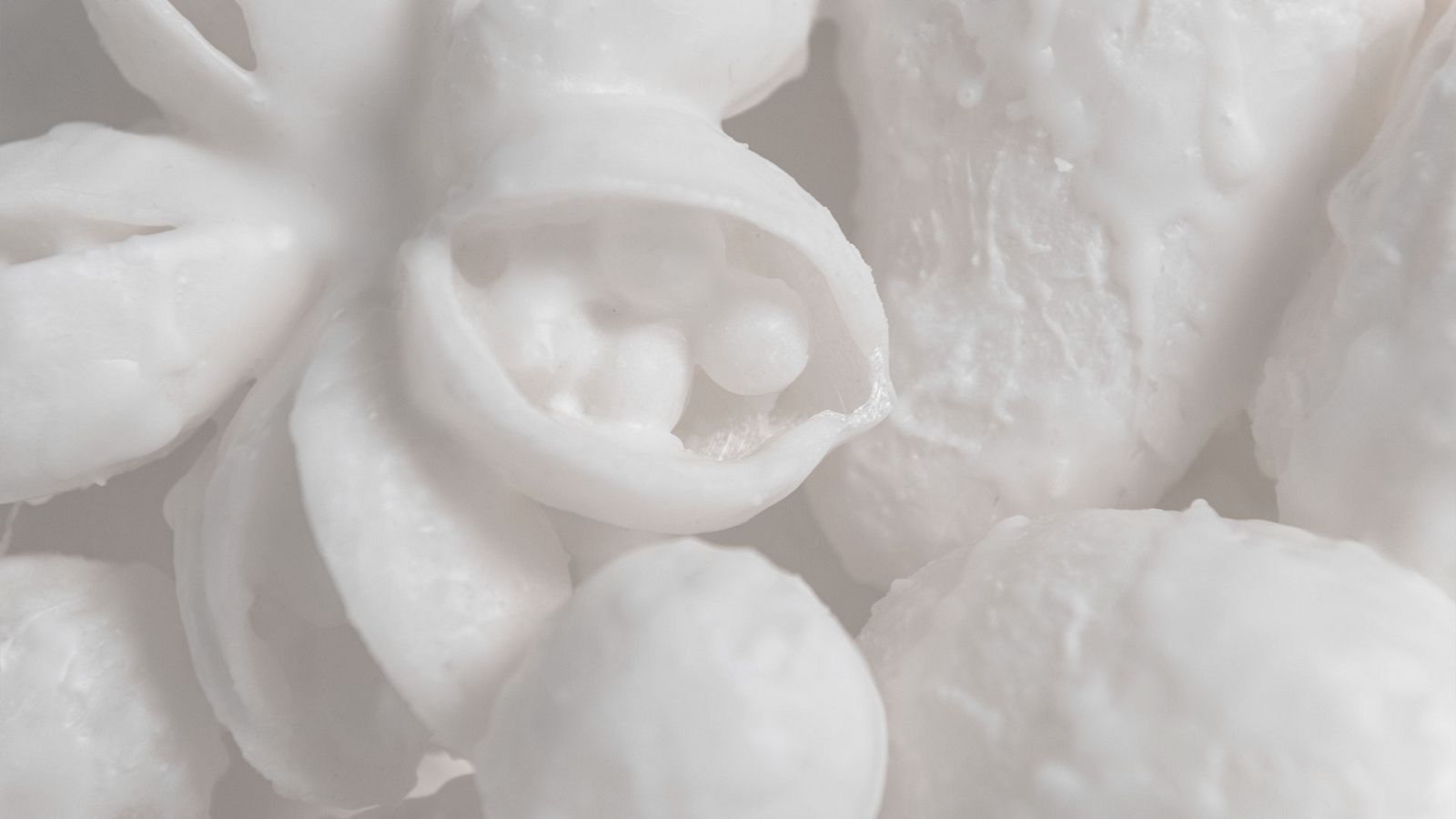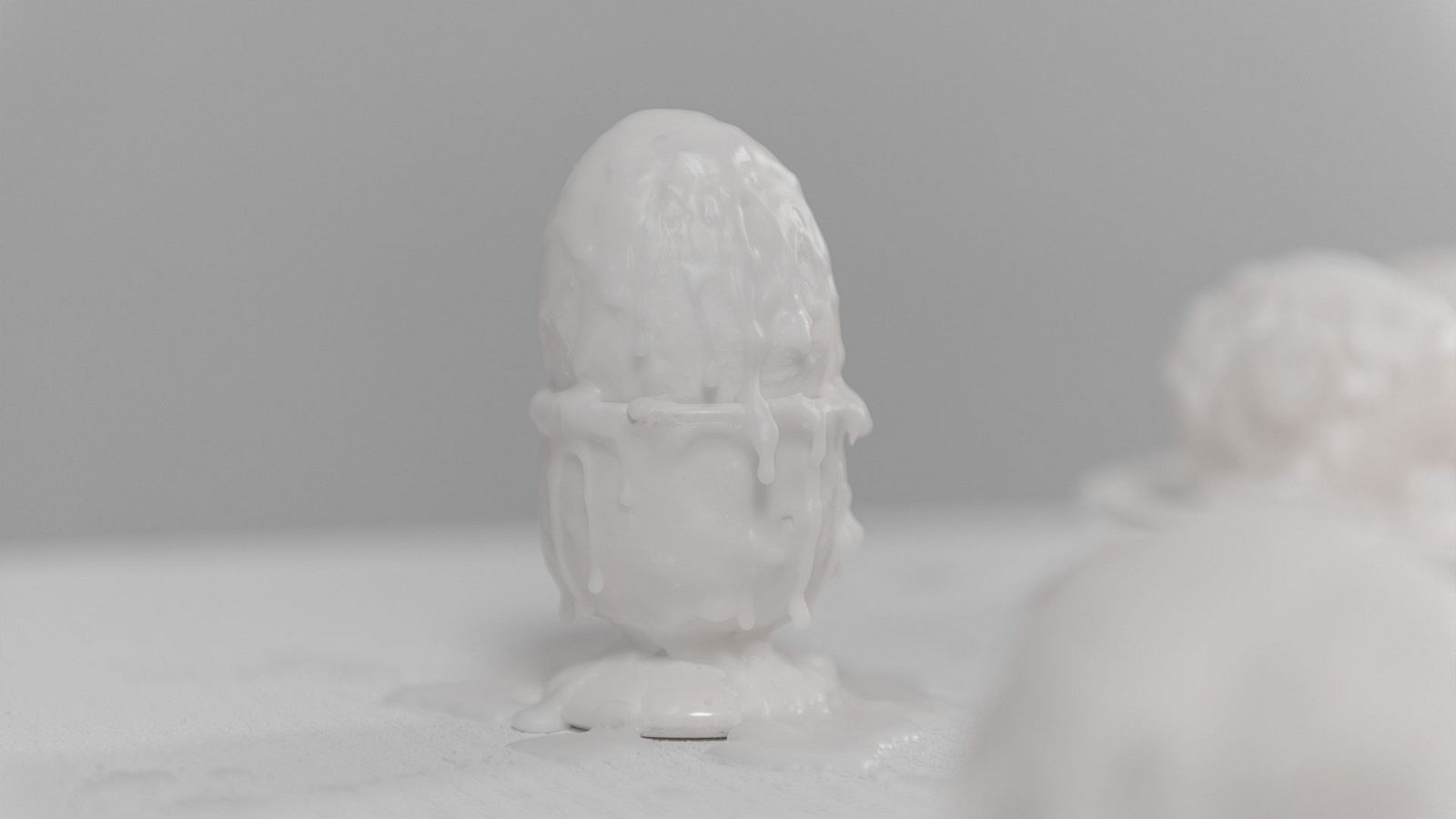
Renan Zarpellon Gago
Keywords: Behind food production, Contamination, Resistance
Since their industrial development, pesticides — synthetic compounds used to eliminate unwanted insects, rodents, fungi, and plants — have been promoted as a technological solution to ensure productivity and feed a growing global population. This narrative, still widely disseminated today, omits a crucial point: hunger in the world persists. The presence of these chemicals in our fields, tables, and bodies continues to be normalized by part of the population, without considering the consequences this entails.
In Brazil, pesticides operate as tools that impose modes of production, territorial control, and resource extraction, all under the guise of modernity and progress. Not unlike the colonial period, the main beneficiaries remain the countries of the Global North, now embodied by major chemical corporations. This is the foundation of this project: to understand pesticides not merely as toxic substances, but as symbols of a broader system of power, and instruments of a chemical colonialism.
While the European Union bans the use of highly toxic pesticides within its borders, it still permits their manufacture locally and export elsewhere. In a boomerang effect, Brazil stands as one of the main suppliers of soy to the Netherlands, where it is primarily used as animal feed. As a result, poultry, pigs, and cattle — as well as their by-products such as eggs and dairy — carry these chemicals within their production chain.
Through a speculative still life, this work presents a visual fragment of the issue: sculptures representing local communities and endangered fruits from the Cerrado (the second largest Brazilian biome), side by side with products typical of a Dutch meal, all bathed in soy wax. Together, they expose the entangled impacts of pesticide use, evoking layers of stories, geographies, and consequences that often go unnoticed but continue to shape landscapes, bodies, and futures.



